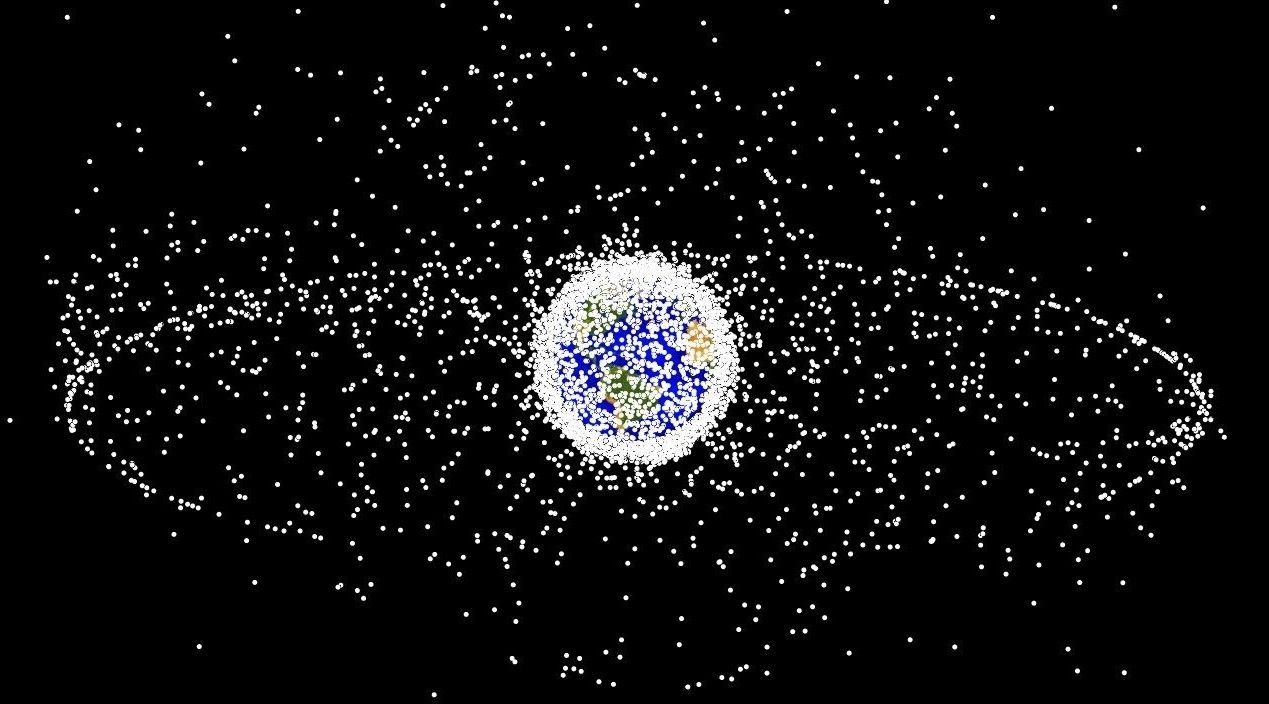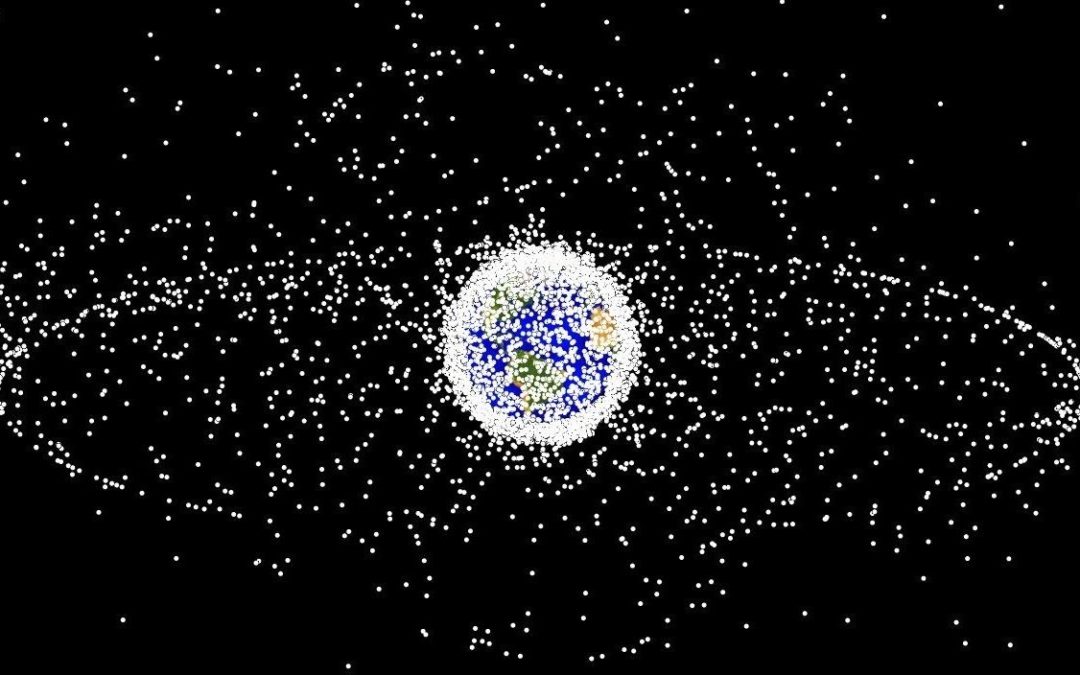
Space debris is the biggest security risk for satellites in orbit. The more satellites we launch into space, especially into low-Earth orbit, the more the risk for collisions increases. Several innovative ideas are being developed for tackling the space junk problem by removing debris items from orbit in the long-term. In the short-term, solutions revolve more around finding ways for satellites to avoid collisions with debris objects. To do this successfully, knowing the orbits of debris objects is of great help.
Laser and orbit-estimation algorithms can be used to detect space debris objects in orbit. Until now, this method has been limited to observations and measurements in the twilight hours, because the ground-based detection station needed to be in the dark while the debris object needed to be illuminated by sunlight in order to get detected successfully. Thanks to new technology developed by European scientists, this problem has been overcome.
The University of Bern in Switzerland has reported that this summer one of their research teams managed to for the first time in history detect a space debris object in daylight. The achievement was made with the Swiss Zimmerwald Laser and Astrometry Telescope (ZIMLAT) and using a very sensitive camera with real-time light-filtering and image processing software. The real-time digital filter produces an image from which the image-processing algorithm can then make out the debris object against the sunlit background sky.
At the Zimmerwald Observatory #unibern researchers were able to observe space debris for the first time worldwide in daylight using a geodetic laser. This helps detecting possible collisions with #satellites at an early stage and makes #space safer.
— Universität Bern (@unibern) August 28, 2020
A few weeks before the Swiss publication, scientists from the Austrian Academy of Sciences and the European Space Agency (ESA) published in Nature Communications about how they too had found a technical solution for day-time space debris observation, using a laser telescope and a sensitive filter as well as a real-time detection software that predicts where the space debris target’s location, i.e. where to direct the telescope in order to get the best image.
“Obtaining the precise orbit of space debris can provide effective help for the safe operation of spacecraft in orbit”, says Ma Tianming, from the Chinese Academy of Surveying and Mapping in a 2019 interview with the American Institute of Physics. Back then, a Chinese team of scientists had developed new algorithms for the laser telescopes, providing improved debris detection. “After improving the pointing accuracy of the telescope through a neural network, space debris with a cross sectional area of 1 meter squared and a distance of 1,500 kilometers can be detected,” Ma explained in the interview late last year.
The new technological milestone met by the European scientists means that laser technology in conjunction with orbit-estimation algorithms similar to those of Ma Tianming’s research team has now been successfully put into use in daylight.
“The results are a starting point for all space debris laser ranging stations to drastically increase their output in the near future. A network of a few stations worldwide will be able to improve orbital predictions significantly as necessary for removal missions, conjunction warnings, avoidance maneuvers or attitude determination.” So the abstract of the Austrian/ESA article.
“The possibility of observing during the day allows for the number of measures to be multiplied. There is a whole network of stations with geodetic lasers, which could in future help build up a highly precise space debris orbit catalog. More accurate orbits will be essential in future to avoid collisions and improve safety and sustainability in space,” says professor Thomas Schildknecht from the University of Bern when interviewed for the university’s announcement of the day-time space debris observation milestone.
(Photo credit: NASA)





